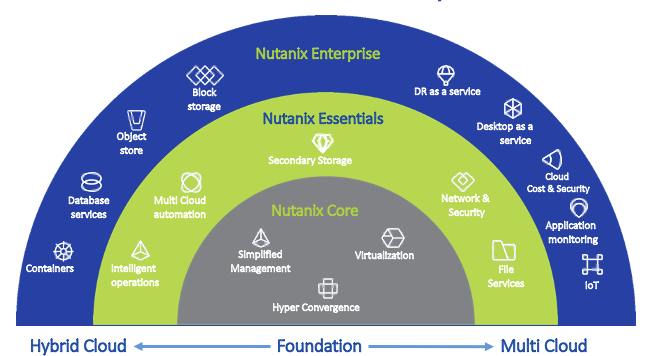

The biggest outcome is delivering these applications. That’s the outcome we want and all these should drive the outcome. “ combines those four principles and gives customers a platform where they can start knocking out networking and as they’re doing networking, they can think about observability and performance and security each step of the way. “These all go hand-in-hand, so why would you only focus on one outcome or one problem and then try to move yourself to fixing networking and then think about security?” Patel says.

Backed by $25 million in investment funds, in April it rolled out its Application eXperience Infrastructure (AXI) platform, which initially was designed to focus on combining networking, performance, security, observability and cost management into a single and integrated infrastructure stack, Mehul Patel, head of marketing at Prosimo, tells The Next Platform. Prosimo was launched by the founders of Viptela, a player in the software-defined WAN (SD-WAN) space that was bought by Cisco Systems in 2017 for $610 million. Sixty-three percent of the IT leaders said a successful multicloud plan ensures consistency and security across users, applications and devices, but 53 percent said they can get there with traditional network approaches. One area that’s slowing down adoption is the lack of a comprehensive multicloud networking strategy, according to the study. About 91 percent said they’d get there after two years. In a study released earlier this month, the company found that enterprises continue to see multicloud as a critical computing model going forward, with 62 percent of more than 400 IT leaders surveyed saying they have plans for a mature multicloud environment within two years.

Prosimo was founded in 2019 with this belief in mind, one that has only been reinforced by research the company has done. However, it can also add its share of complexity and according to Prosimo, a key to ensuring application performance in such a distributed environment is a simplified multicloud networking setup. And they’re sticking with this, given that the dramatic shift to a hybrid workforce seems for many to be permanent.Ī mutlicloud strategy can bring myriad benefits to an enterprise, from greater flexibility and agility to avoiding being locked into a single cloud provider, allowing organizations to choose the right cloud for a particular workload and protecting itself if a cloud service goes down. The enterprise rush to embrace multicloud and hybrid cloud has not slowed over the past several years and, indeed, has only accelerated during the COVID-19 pandemic as organizations rushed to leverage cloud services to adapt to their suddenly highly distributed IT environments, with most of their employees working remotely.


 0 kommentar(er)
0 kommentar(er)
